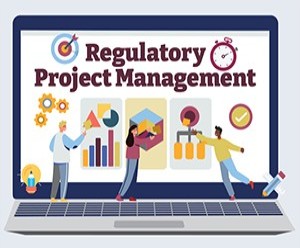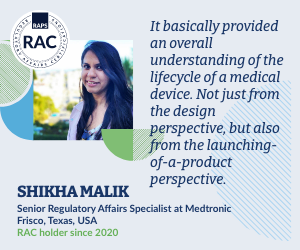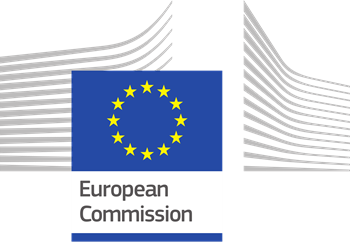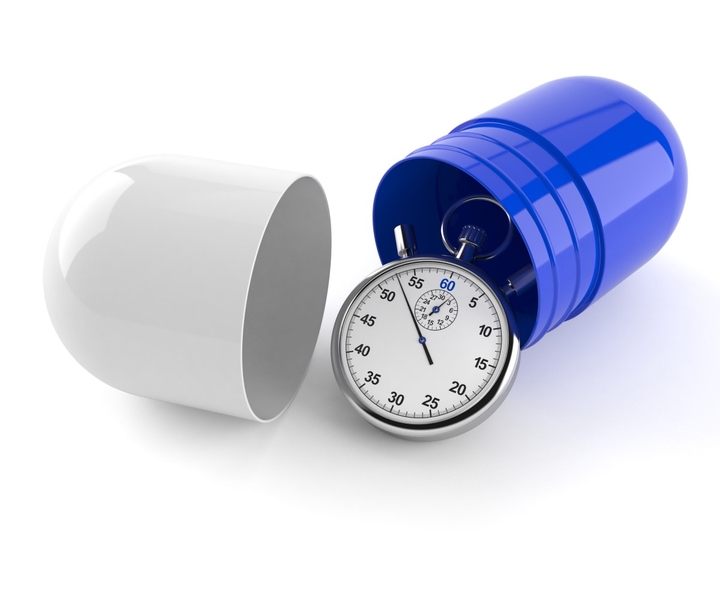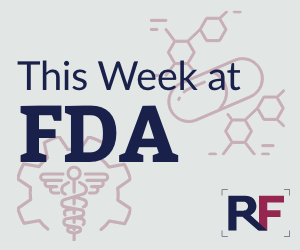MedTech Europe Raises Concerns on Implementing MDR, IVDR
![]() Regulatory News | 30 July 2018 |
Regulatory News | 30 July 2018 |
Industry group MedTech Europe is calling on the European Commission, European Parliament and all EU member states to have an “urgent discussion of solutions” to ensure companies can meet the deadlines for the new Medical Devices Regulation (MDR) and the new In Vitro Diagnostic Medical Devices Regulation (IVDR), which apply from May 2020 and May 2022, respectively.
The group is calling specifically for actions to address challenges on the transition timing.
“The industry’s ability to keep products on the market beyond the 26 May 2020 and 26 May 2022 deadlines could be seriously jeopardized by the slow progress in putting into place the critical infrastructure that will enable the new regulatory systems to work,” MedTech Europe said.
Slow Progress
The group notes slow progress in establishing the essential elements of the new MDR and IVDR, noting how after 14 months into the transition period, only two out of the 18 implementing acts (named as mandatory by the European Commission) have been published so far.
MedTech Europe also explained how notified bodies must be re-designated before they can assess and re-certify the compliance of medical devices (MDs) and in vitro diagnostics (IVDs) with the new regulations.
“As of today, our assessment is that Notified Body availability with needed expertise and sufficient capacity cannot be ensured early enough and hence an urgent solution is needed,” MedTech Europe said.
And since between 30% and 40% of medical technologies in the EU will be re-certified by UK notified bodies, the issue of Brexit adds further uncertainty.
“It is uncertain if these notified bodies will continue to operate in the EU or if their capacity will need to be transferred to an EU notified body. At the same time, it also remains uncertain if the certificates of these 30-40% of products will continue to be valid in the EU,” the group said.
In addition, standards and guidelines are necessary for industry to understand how to apply the new regulations.
What Industry Wants
Industry envisions at least three options, according to MedTech Europe, to be explored either alone or in combination:
a) A “stop the clock” mechanism that freezes the remaining transition time for both regulations “until full readiness of the system has been achieved”;
b) An extension of the critical dates of 26 May 2020 and 26 May 2022 for all products;
c) An extension of the critical dates for legacy products.
The group is also calling for actions to make the “grace period” an effective instrument.
“These could include, for example: a) Extending its scope to include all products and particularly the legacy products; b) Having a more feasible and flexible timing,” MedTech Europe said.
Implementing the New MD and IVD Regulations: Industry Calls for Solutions to Ensure Continuity of Care to Patients
The group is calling specifically for actions to address challenges on the transition timing.
“The industry’s ability to keep products on the market beyond the 26 May 2020 and 26 May 2022 deadlines could be seriously jeopardized by the slow progress in putting into place the critical infrastructure that will enable the new regulatory systems to work,” MedTech Europe said.
Slow Progress
The group notes slow progress in establishing the essential elements of the new MDR and IVDR, noting how after 14 months into the transition period, only two out of the 18 implementing acts (named as mandatory by the European Commission) have been published so far.
MedTech Europe also explained how notified bodies must be re-designated before they can assess and re-certify the compliance of medical devices (MDs) and in vitro diagnostics (IVDs) with the new regulations.
“As of today, our assessment is that Notified Body availability with needed expertise and sufficient capacity cannot be ensured early enough and hence an urgent solution is needed,” MedTech Europe said.
And since between 30% and 40% of medical technologies in the EU will be re-certified by UK notified bodies, the issue of Brexit adds further uncertainty.
“It is uncertain if these notified bodies will continue to operate in the EU or if their capacity will need to be transferred to an EU notified body. At the same time, it also remains uncertain if the certificates of these 30-40% of products will continue to be valid in the EU,” the group said.
In addition, standards and guidelines are necessary for industry to understand how to apply the new regulations.
What Industry Wants
Industry envisions at least three options, according to MedTech Europe, to be explored either alone or in combination:
a) A “stop the clock” mechanism that freezes the remaining transition time for both regulations “until full readiness of the system has been achieved”;
b) An extension of the critical dates of 26 May 2020 and 26 May 2022 for all products;
c) An extension of the critical dates for legacy products.
The group is also calling for actions to make the “grace period” an effective instrument.
“These could include, for example: a) Extending its scope to include all products and particularly the legacy products; b) Having a more feasible and flexible timing,” MedTech Europe said.
Implementing the New MD and IVD Regulations: Industry Calls for Solutions to Ensure Continuity of Care to Patients
© 2025 Regulatory Affairs Professionals Society.

